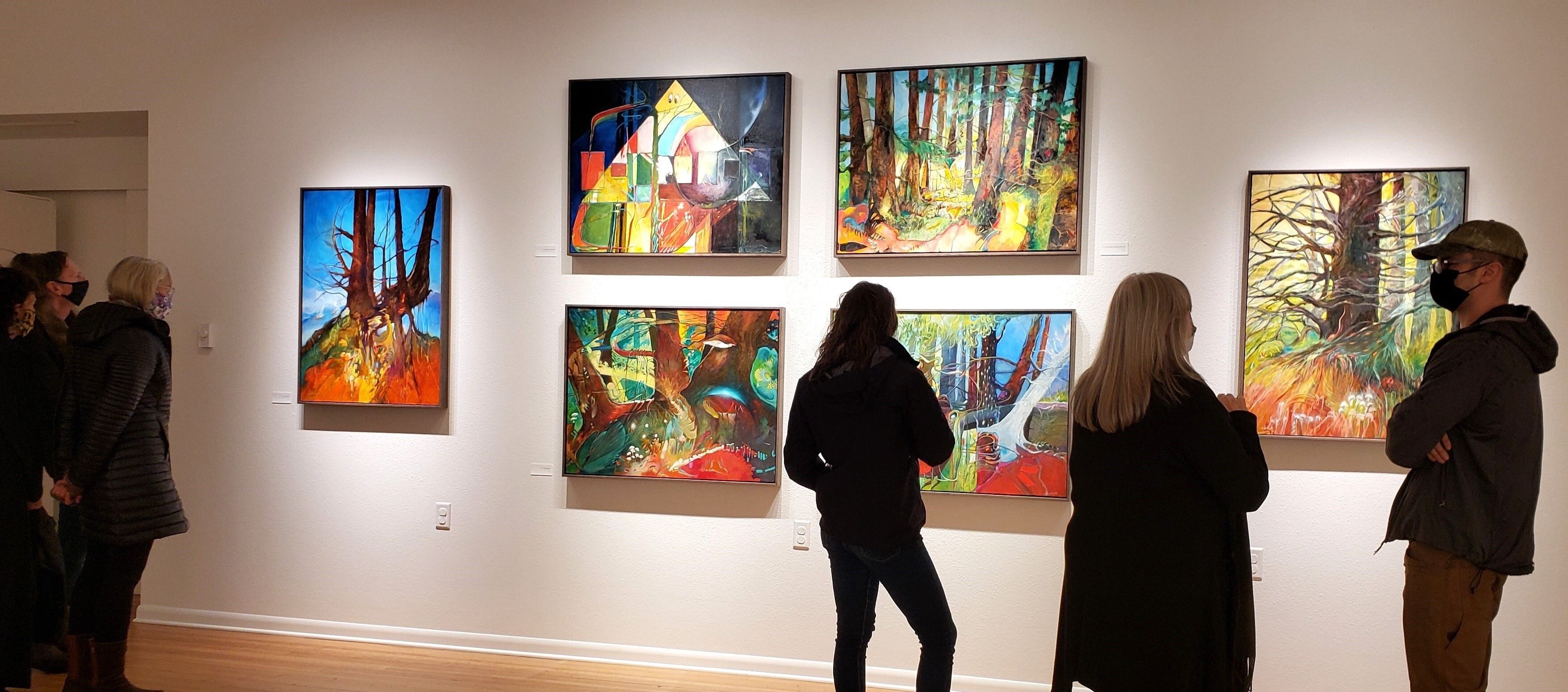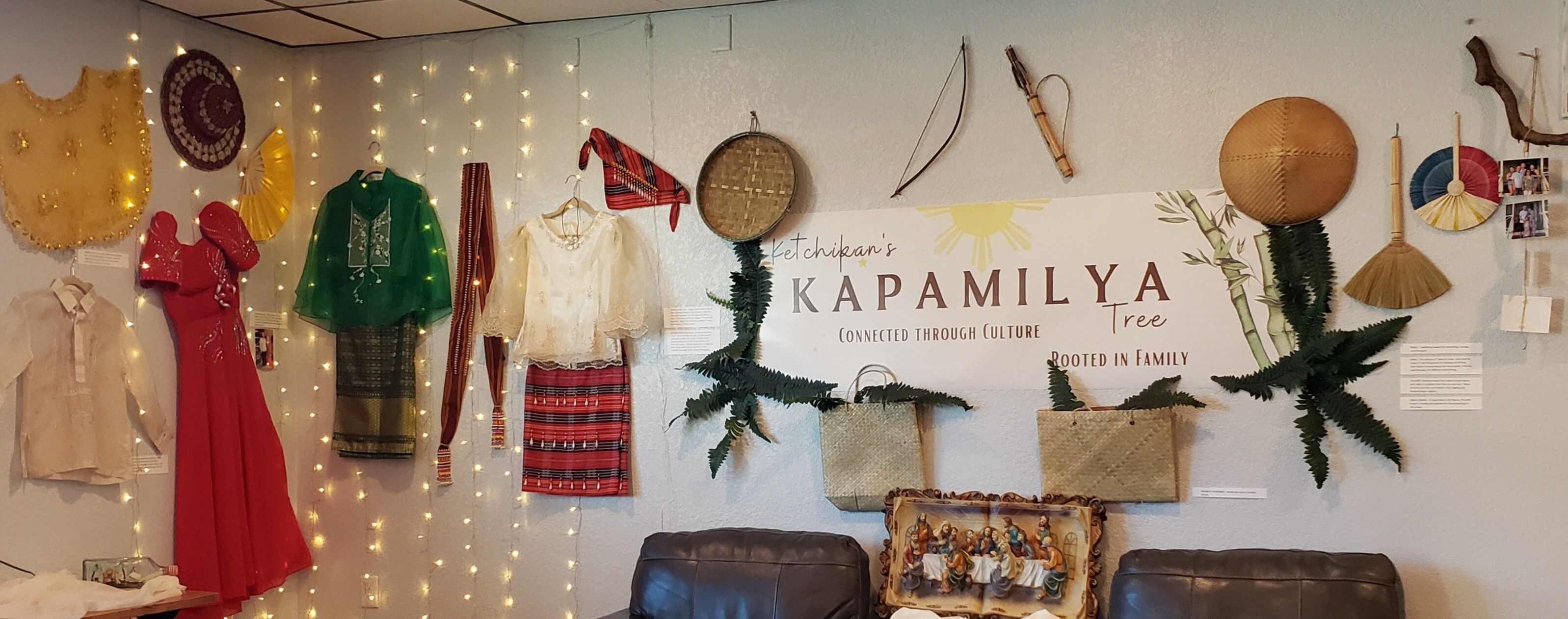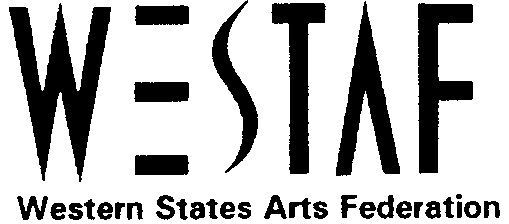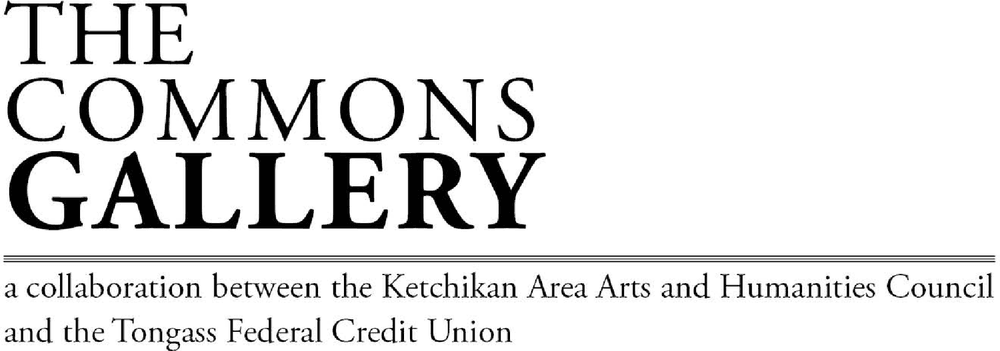
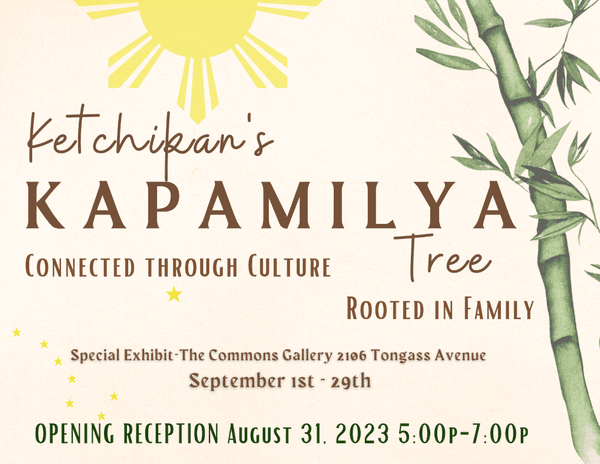
Ketchikan's Kapamilya Tree: Connected Through Culture, Rooted in Family is an exhibit that features Filipino families of Ketchikan, showing their connection to each other and the community. Photographs of family members, authentic Native artifacts showcasing the power of art, family and culture.
-
Ocean is Life - Charles Jose

image: Charles Jose
Ocean is Life Sea life is deeply intertwined with Filipino culture, which dates back to the pre-colonial era. Fishing continues to be a major economic sector for the country, as Filipinos average 40 kilograms per year per capita of fish consumption, significantly higher than the global average. The Philippines is also internationally renowned for its freediving and scuba diving attractions. As a tropical archipelago composed of 7,641 islands located in the nutrient-rich Coral Triangle, the Philippines boasts more than 488 species of coral, 5000 species of clams, snails, and mollusks, and 3000 fish species endemic to the islands. The Japanese occupation during the U.S. colonial era in World War II left a graveyard of sunken vessels prime for wreck diving.
Learn Tagalog | Bangka [bang‧ka] – Boat | Isda [is‧da] – Fish
-
Farm Dog - Charles Jose
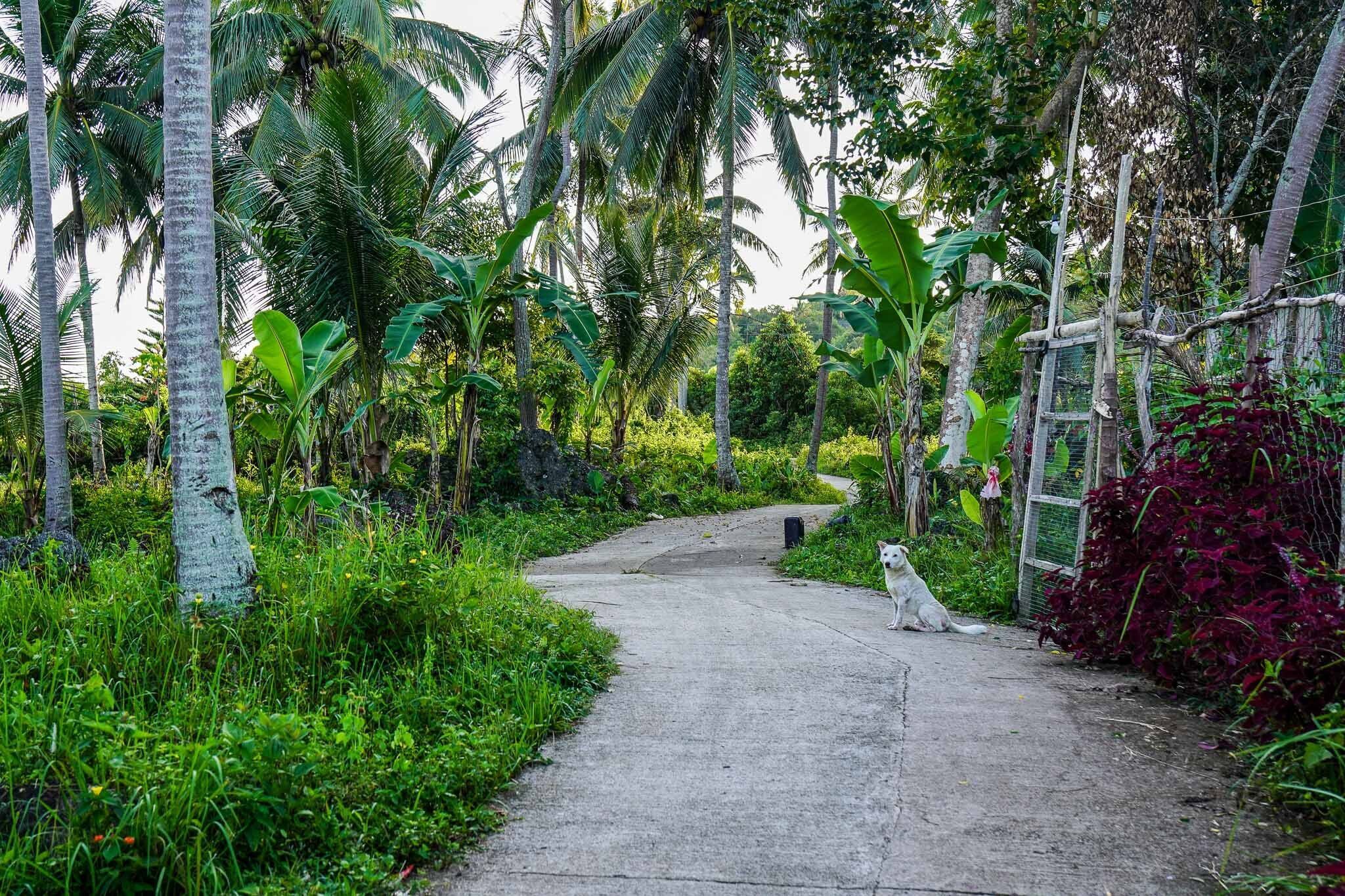
image: Charles Jose
Farm Dog Agriculture is a primary source of income for most rural people in the Philippines. Many citizens in rural barangays rely on subsistence farming and fishing for their livelihoods. A 2020 Philippine Statistics Authority report cited that 50.10 million citizens (or 46% of the total population) live in rural areas. Migration to urban populations has grown in the recent years due to higher job prospects, exacerbating the poverty gap between rural and urban areas.
Learn Tagalog | Bukid [bu‧kid] – Farm | Aso [a‧so] – Dog
-
Colonialism, Catholicism, and Culture - Charles Jose
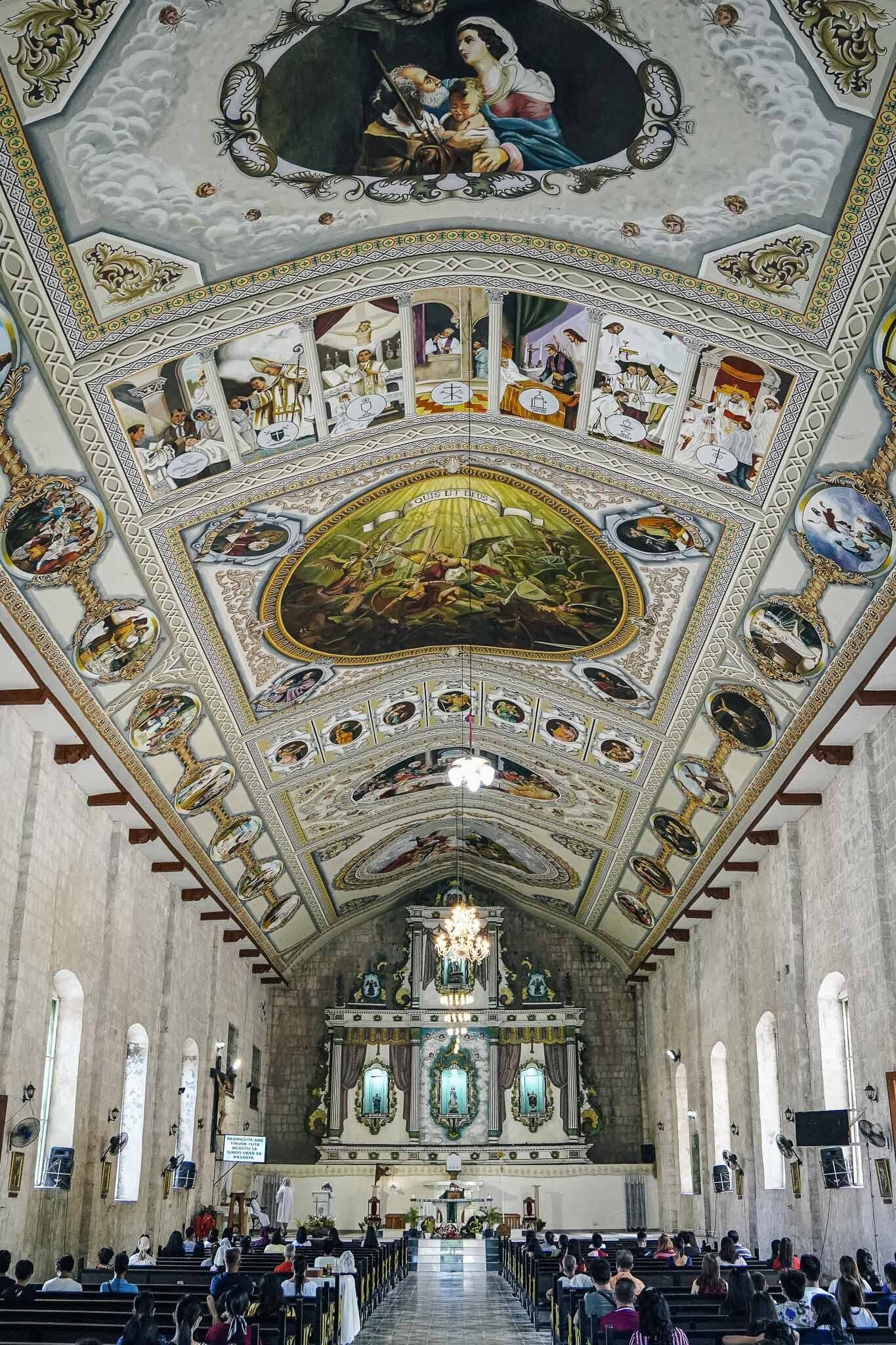
image: Charles Jose
Colonialism, Catholicism, and Culture Spanish colonists introduced Roman Catholicism to the Philippines as early as the 16th century. Catholic beliefs and traditions eventually replaced pre-Hispanic indigenous folk religions and mythologies rooted in animism, although select folktales still permeate in culture (ask your Filipino friends about Anitos). In modern day, more than 86% of Filipinos identify as Catholic. Catholic ideas and principles continue to inform beliefs and practices, from respect for hierarchy to conservative views on social issues.
Learn Tagalog | Simbahan [sim‧ba‧han] – Church
-
This Crop is Bananas - Charles Jose
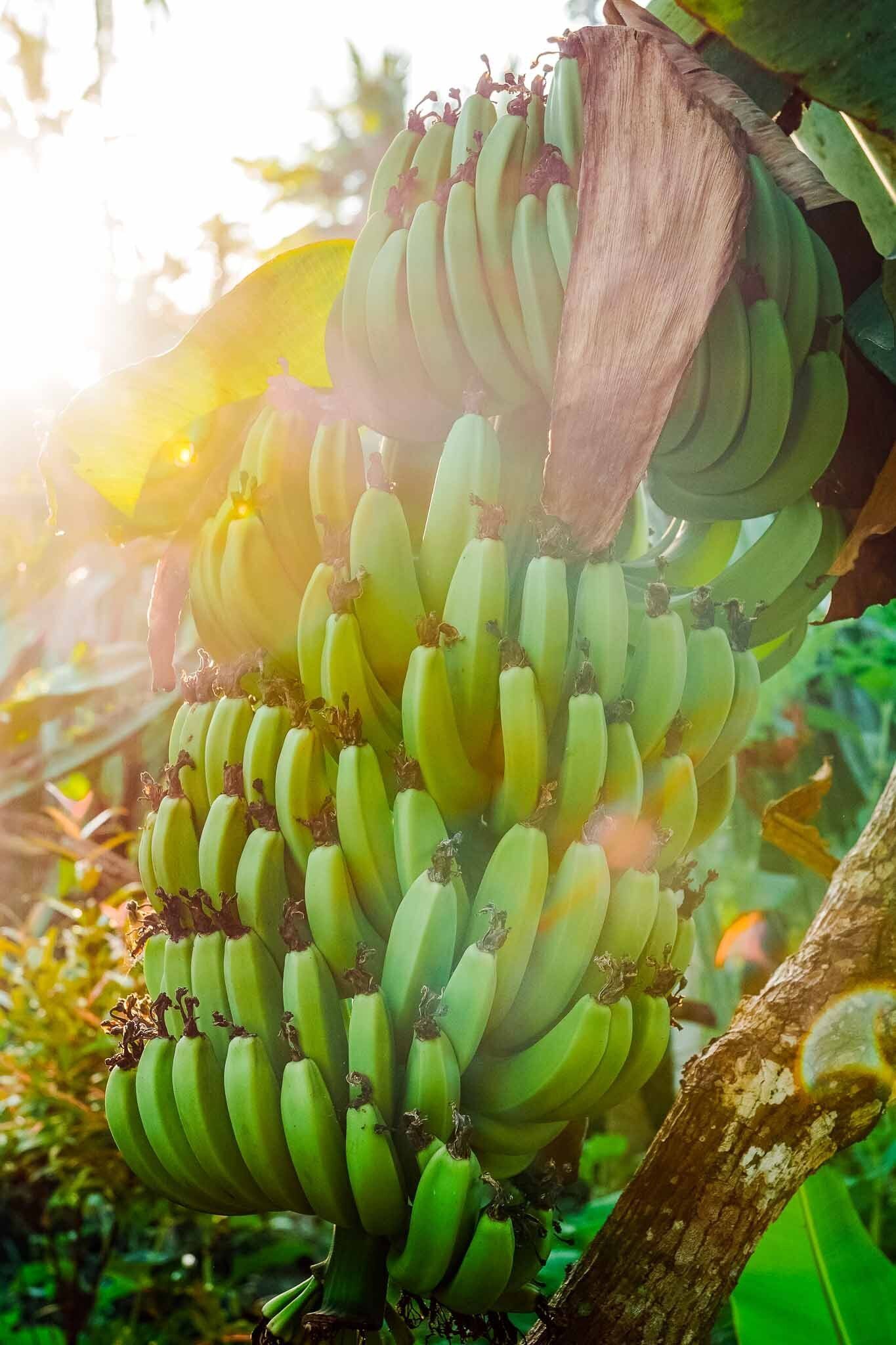
image: Charles Jose
This Crop is Bananas The Philippines exports 3.5 million tons of bananas annually to hold the standing as the second major exporter of bananas in the world. In 2018, 84% of the nation’s bananas were produced on the island of Mindanao, one of the 2000 inhabited islands (of 7,641 islands in total). There are more than 20 known varieties of bananas grown in the Philippines, with the Cavendish species as the most prolific export banana. Locals tend to enjoy the other homegrown varieties, which have a sweeter flavor compared to the exported Cavendish. Depending on the type of banana, these nutritious fruits are used as ingredients in both sweet and savory Filipino dishes.
Learn Tagalog | Saging [sa‧ging] – Banana
-
Transporting the Masses - Charles Jose
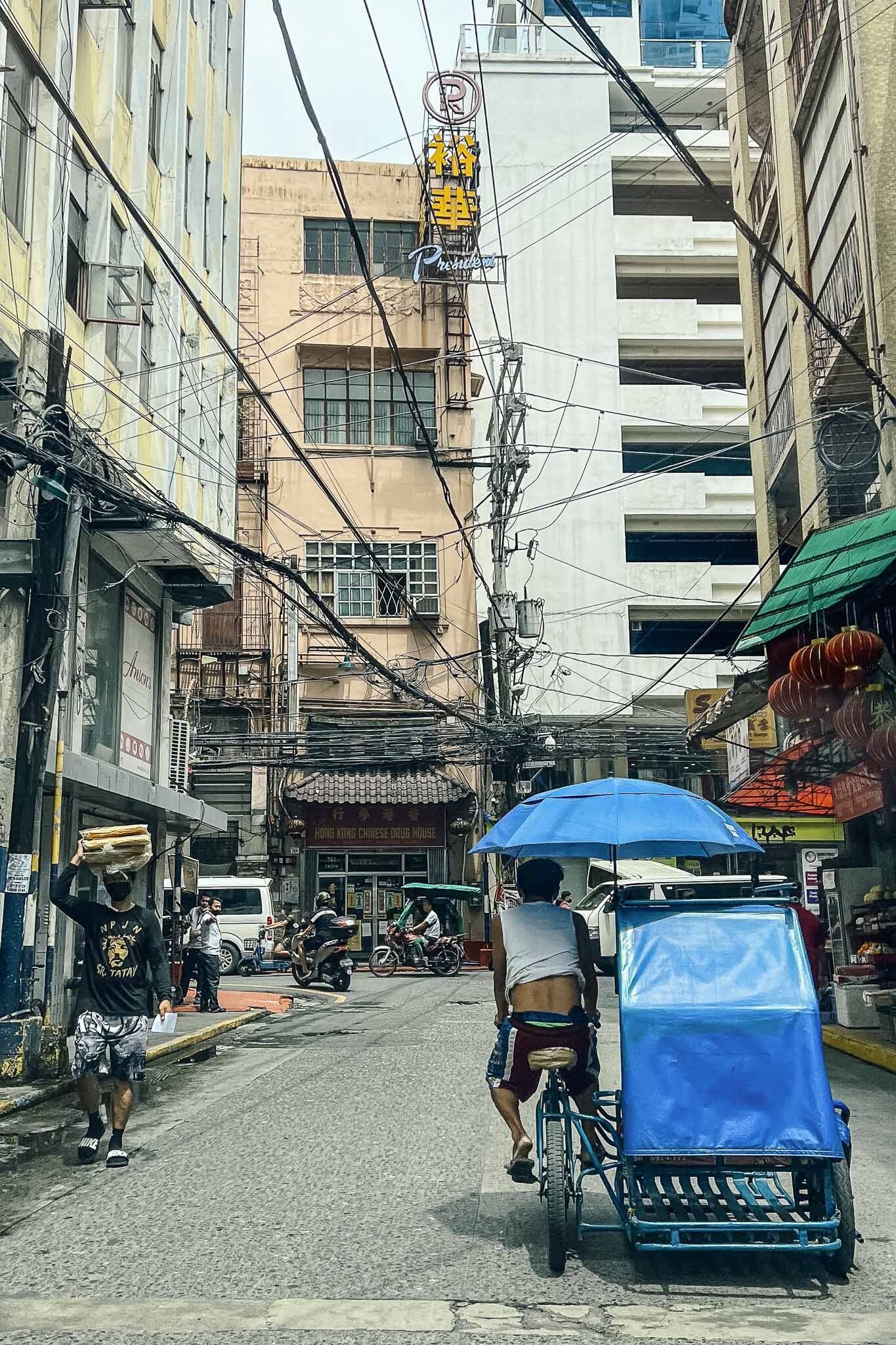
image: Charles Jose
Transporting the Masses In 2022, the Philippine capital of Manila ranked as the ninth most congested city, where a 20 km (12 mi) commute can take more than 2 hours. Unlike other cities, Manila lacks the proper infrastructure and policies to ease daily commutes. A Metropolitan Manila Development Authority official cited that in 2021, 300,000 vehicles were sold and up to 70% go in and out of Metro Manila each day. Public transportation comes in many forms, from rail transit systems to citizen-operated jeepneys, tricycles, and pedicabs.
Learn Tagalog | Traysikel [tray‧si‧kel] – Tricycle
-
Old Church Bell Tower - Charles Jose

image: Charles Jose
Old Church Bell Tower The Campanario de Antigua, adjacent to the Saint Michael the Archangel Church, was constructed in 1878 from coral stone slabs. While the current building is a restoration piece, the original watchtower was used during the 17th century Spanish colonial era to warn costal settlements of pirate raids. This tower in Samboan was one of several fortifications in southern Cebu and is located over 200 feet above sea level.
Learn Tagalog | Hagdan [hag‧dan] – Stairs
-
Power of the Farm - Charles Jose
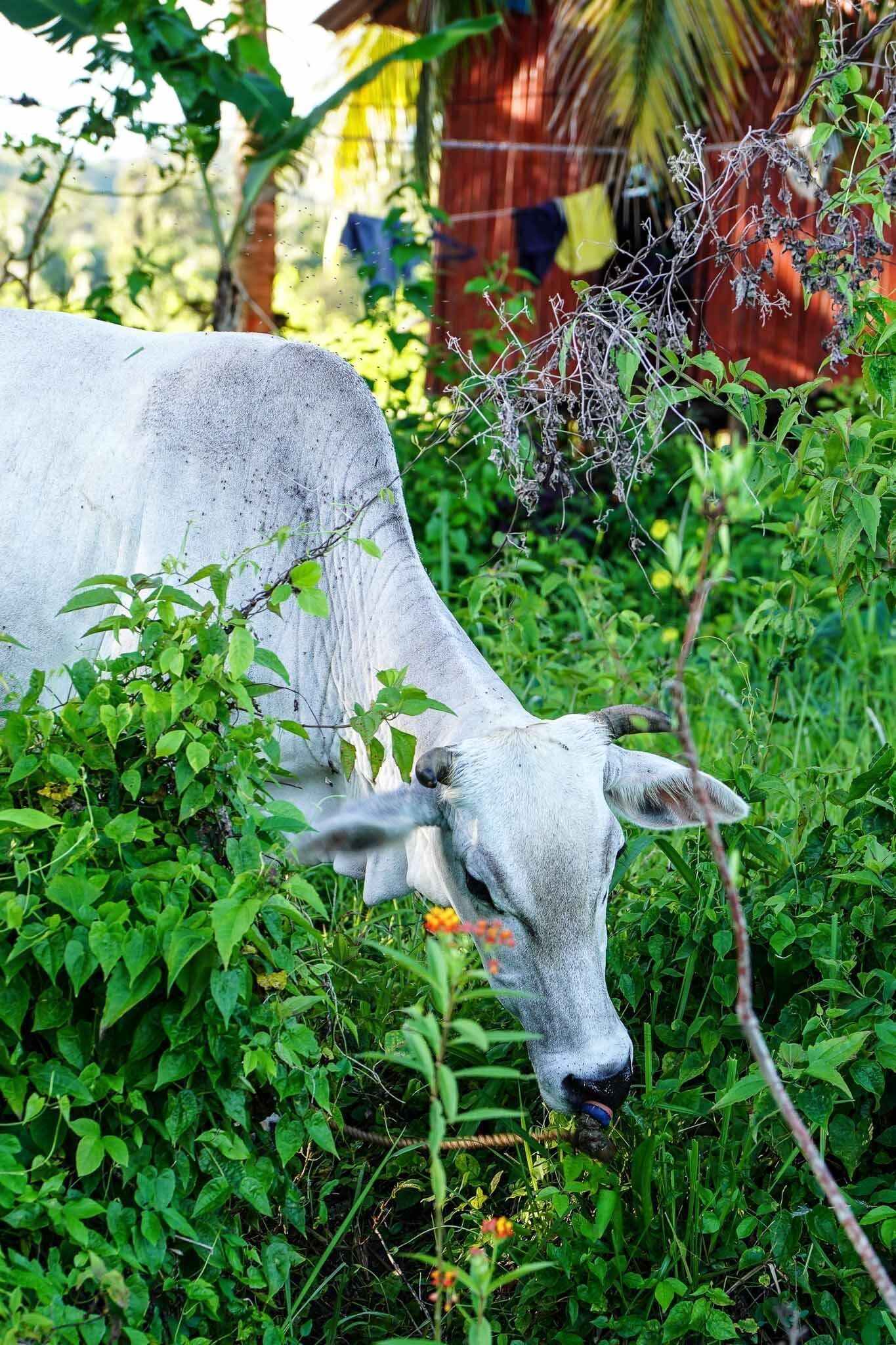
image: Charles Jose
Power of the Farm Carabao, or the Filipino water buffalo, are domestic swamp-type water buffalo native to the Philippines. The Philippine Carabao Act of 1992 highlighted the importance of this animal as a source of milk and meat as well as draft animal power and hide for the rural farmer. Carabao (known locally as kalabaw) have adapted to the heat by rolling in the mud to cool off. Once dried, the mud acts as a layer of protection from the sun.
Learn Tagalog | Kalabaw [ka‧la‧baw] – Filipino Water Buffalo
-
Chinese Filipino Influence - Charles Jose
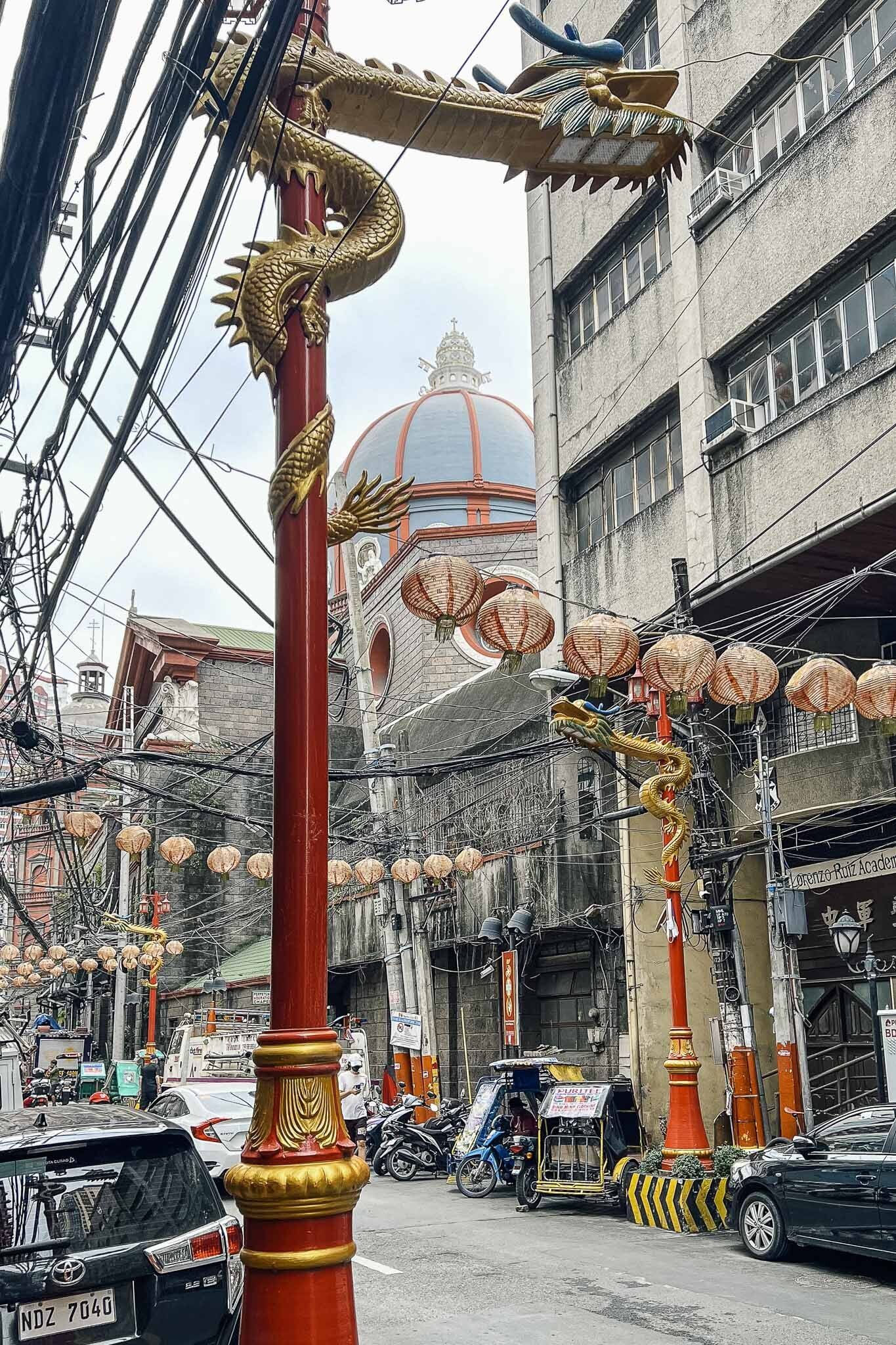
image: Charles Jose
Chinese Filipino Influence Chinese migration peaked during the Spanish colonial era between the 16th and 19th centuries. Most immigrants settled in the Binondo district of Manila, known as the city’s Chinatown (and the world’s first and oldest Chinatown). A majority of Chinese Filipinos belong to the Hokkien-speaking group who came from the Southern Fujian provinces. Chinese influence plays a heavy role in many aspects of Filipino life, especially in cuisine. Pancit, a traditional noodle dishes in Filipino cuisine, blends both Spanish and Chinese cooking techniques; noodles were introduced to the Philippines by Chinese immigrants over the years. Chinese immigration also influenced the Filipino family structure and derived terms such as kuya and ate from Hokkien root word equivalents for elder brother and elder sister, respectively. Photo by Charlie Jose
Learn Tagalog | Kuya [ku‧ya] – Elder brother | Ate [a‧te] – Elder sister
-


